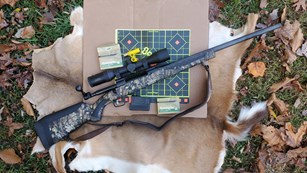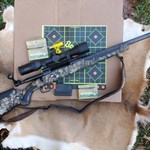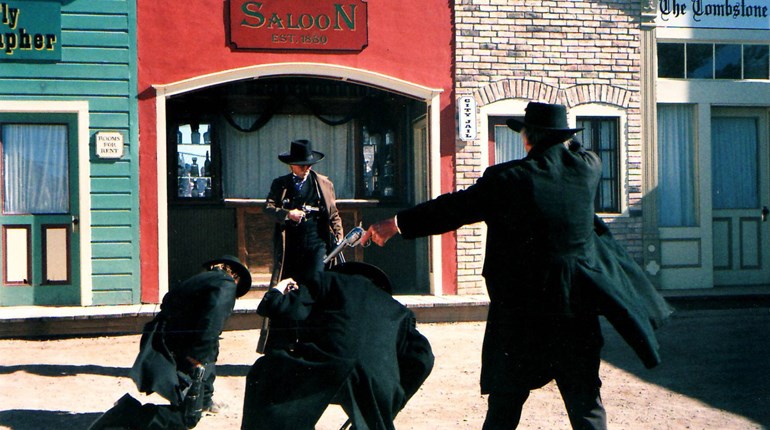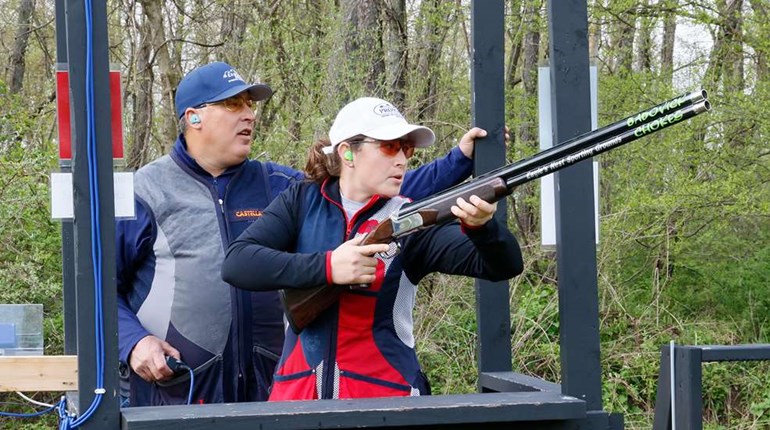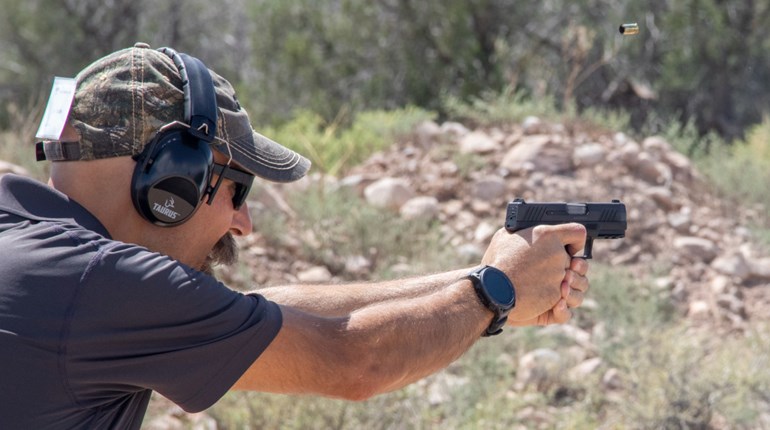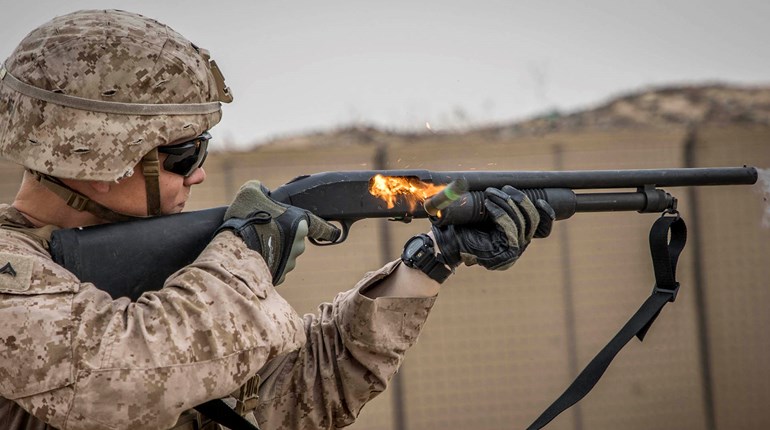
If you enjoy clay target shooting, you’re probably already familiar with the three main disciplines of the sport: trap, skeet, and sporting clays. But a relatively new clay target game is rapidly gaining in popularity: Make-A-Break. Developed by Raymond Forman of Clay-Sport International, he’s also the inventor of the clay target game known as Five-Stand Sporting, which debuted in 1985. Born in Scotland, Forman now lives in British Columbia, Canada.
I caught up with Forman on behalf of NRA Family at the nearly week-long Scholastic Shooting Sports Foundation’s (SSSF) national championships, held annually during mid-July at the Cardinal Shooting Center in central Ohio. Attended by more than 4,000 young shooters this year, Scholastic Clay Target Program competitors shot shotguns, while Scholastic Action Shooting Program competitors shot rifles and pistols.
“My vision is to get more clays shooting competitions covered by television,” said Forman. “The top shooters in trap, skeet, and sporting clays are just as talented in their sports as the top golfers or other sports professionals are in theirs. Recreational shooting has roughly two and a half times the number of active participants as golf, so I’m confident that there is a TV audience for competitive shooting.”
How the Game is Played
Forman explained that Make-A-Break is shot on a course containing eight colored clay target traps numbered one through seven, with two of the eight traps marked number one. Two competitors alternately shoot doubles from a single shooting station, and all of the pairs are report-doubles, meaning that the second target of each pair is thrown at the report (sound) of the first shot. Ten doubles are shot by each competitor during Make-A-Break, for a total of 20 shots fired per round. The number on the trap corresponds to the point value of the target. The maximum number of points a shooter can earn during a round is 65.
The target traps are marked with the following colors and point values:
Targets from either of the two red traps equal 1 point each.
Targets from the yellow trap equal 2 points.
Targets from the green trap equal 3 points.
Targets from the orange trap equal 4 points.
Targets from the blue trap equal 5 points.
Targets from the pink trap equal 6 points.
Targets from the white trap equal 7 points.
There are two parts to the game: the Numbers Sequence and the Make-A-Break Sequence. During the Numbers Sequence, which begins the game, the first target of each pair is thrown from either of the number one red traps, the shooter not knowing which trap will produce the target. The second target of the pair is then thrown from traps numbered two through seven, in consecutive order.
During the Make-A-Break Sequence, the second target of the last four pairs of the round gives shooters a chance to make up for any targets they may have previously missed. For instance, on pairs seven through ten, the shooter chooses the particular trap they want their second target to come from. But shooters must also keep in mind that the higher the number of the trap, the more difficult the shot. And, a shooter must always break the target thrown from one of the number one traps before shooting at their second target.
The scoring system may sound a bit confusing at first, but once you see this unique, challenging, fun shotgun game played, it’s relatively simple. Strategy, quick thinking, and pushing yourself a bit beyond your comfort zone can pay big dividends in the head-to-head competition of Make-A-Break. As a result, the popularity of the game is quickly catching on, not only with shotgunners but with observers, too.
“Several thousand rounds of Make-A-Break were thrown during the week of the Scholastic Clay Target Program national championships in Ohio,” said Forman. “I attended and presented trophies to the winners. Young people love the game and I’m encouraged by that, as they’re the future of the shooting sports. I’ve been involved in competitive shooting for many years, and what I care most about now is the people pulling the trigger—especially the young people—whether they’re shooting a shotgun, rifle, or handgun.”
Forman concluded, “I realize Make-A-Break is only one clay target game among many, but I’ve tried to make it as attractive as possible to shooters, sponsors, and those watching the sport. I did that by creating an attractive, aesthetically pleasing competition field, including music, bright colors, lights, banners, and electronic scoreboards, which can also act as advertising screens. My ultimate goal is to make the shooting sports a popular entertainment choice for the general public, just like any other professional sports leagues. I hope we’ll one day see a National Shooting League on TV. Maybe Make-A-Break will be the kickstart.”
For a list of Make-A-Break events and shows remaining for 2025, click here: https://makeabreak.com/.





